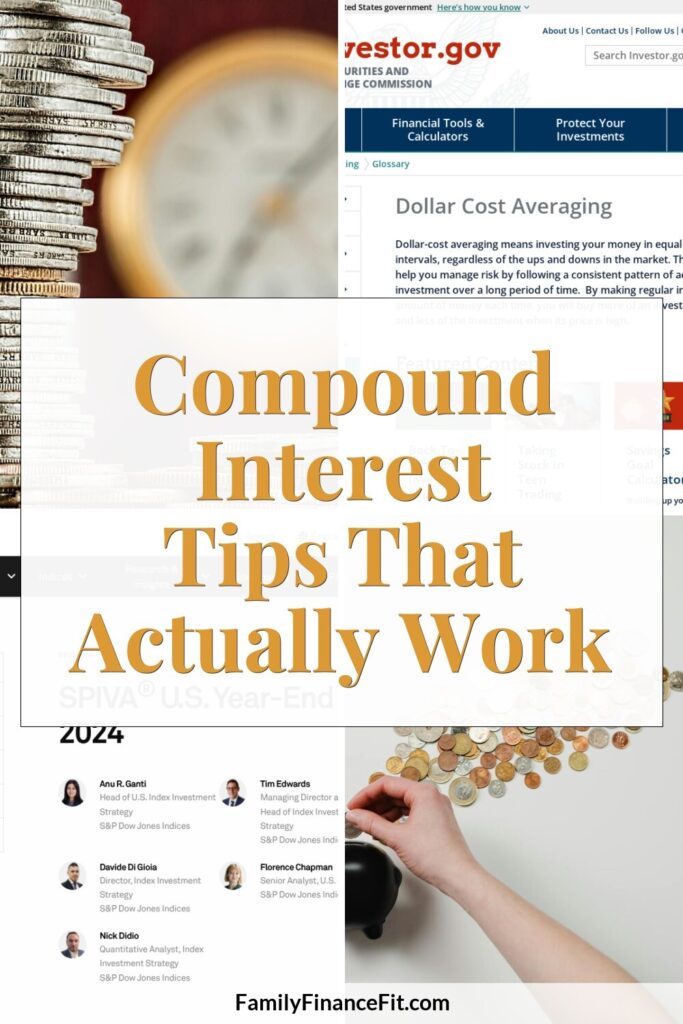I’m a big believer that money should enhance your life, not squeeze the joy out of it. The quiet superpower that helped me turn a small side project into true freedom was compound interest. When you let time, consistency, and smart choices do the heavy lifting, your dollars start earning their own dollars—so you can keep living while your net worth grows in the background.
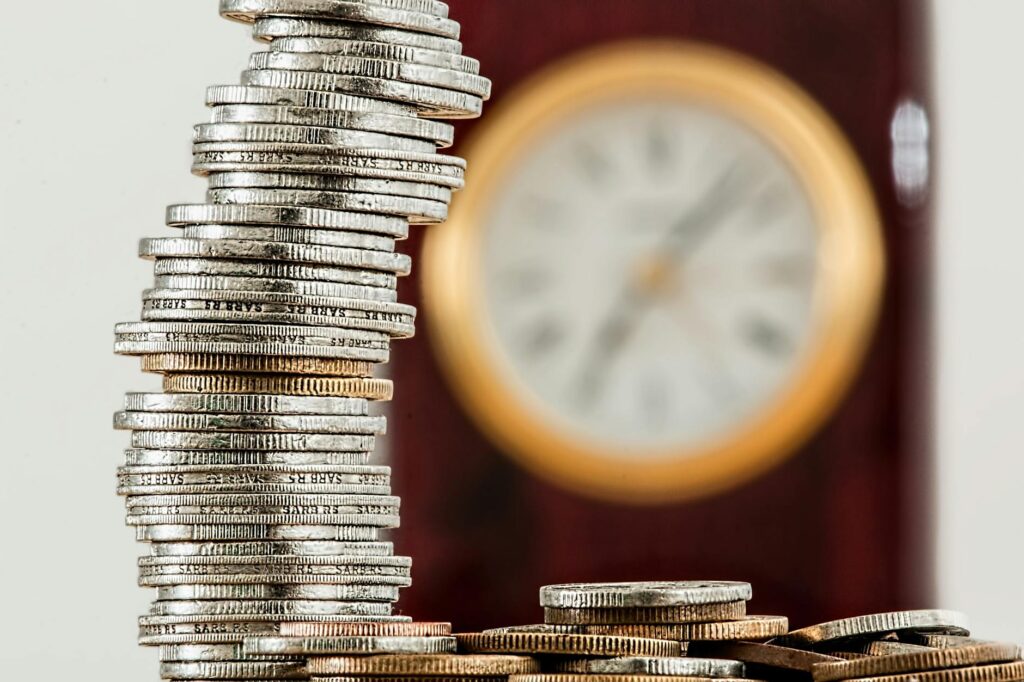
Meet compound interest: the snowball that never sleeps
Compound interest is interest earned on your contributions plus all the interest you’ve already earned. That simple idea is why your money can grow faster and faster the longer you leave it alone. The U.S. Securities and Exchange Commission explains it plainly: compound interest means interest on your interest. You’ll see this with savings accounts, bonds, and—most powerfully—broad, long-term investments. It’s also why debt with frequent compounding can get painful, fast.
When you’re comparing bank accounts, focus on APY (annual percentage yield), not just the stated “interest rate.” APY bakes in compounding frequency, making it the best apples-to-apples yardstick. Consumer banking guides like Bankrate’s APY explainer show how an account that compounds more often can beat a similar “rate” with less frequent compounding. The punchline: compounding turns time into an ally. If you can give your dollars time and avoid unnecessary withdrawals, your snowball keeps rolling and the results can feel almost unfair—in your favor.
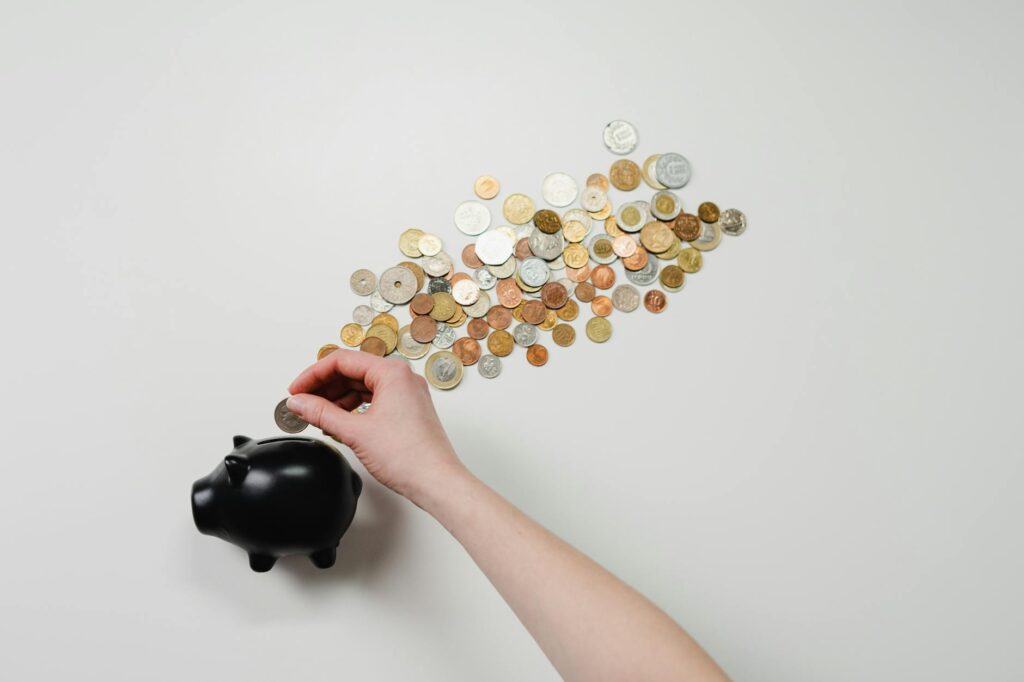
Time beats timing: start now and let the math work
You don’t need a perfect plan—just a prompt start. The Rule of 72 is a quick mental shortcut: divide 72 by your rate of return to estimate doubling time. At 8%, money roughly doubles in about nine years, a concept you can dig into with a simple primer. Small, steady contributions leverage that doubling effect again and again.
Here’s why starting now matters. Invest $200 monthly for 30 years at 7% and you end near $244,000. Stretch that to 40 years and you’re around $525,000—the extra decade adds roughly $281,000 by itself. Run your own what-ifs with the SEC’s compound interest calculator, then pick a realistic number you can sustain. If cash flow is tight, first build breathing room—this guide on breaking the paycheck-to-paycheck loop walks you through quick wins. The goal isn’t perfection; it’s to get time on your side and keep it there.
Automate contributions and ride dollar‑cost averaging
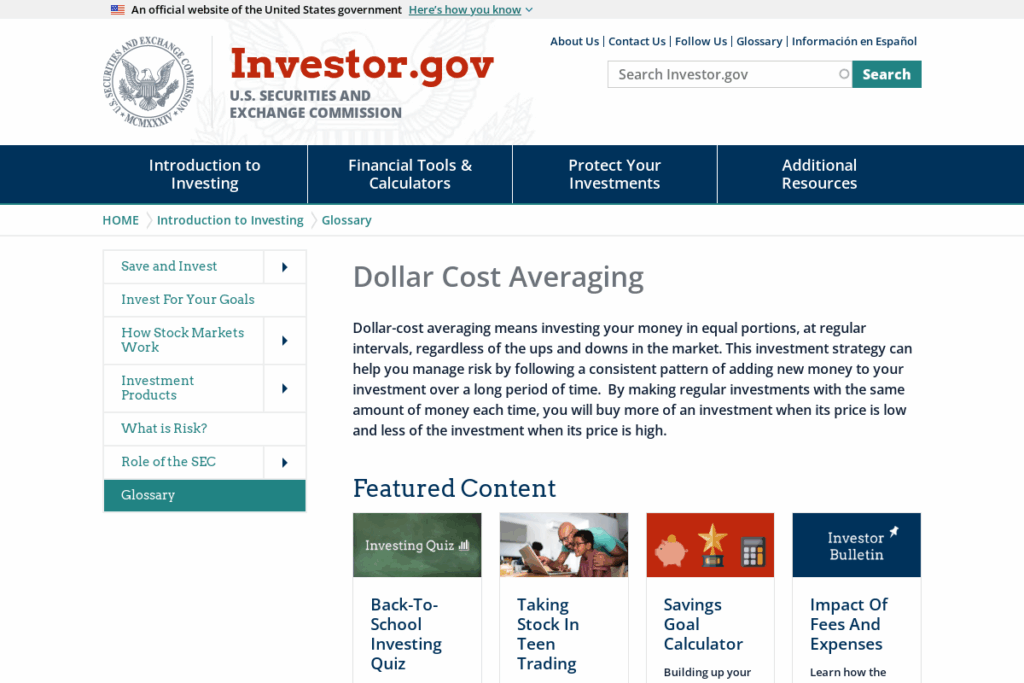
Consistency fuels compounding. Automate transfers from checking to savings and investing so your plan happens even on busy months. In markets, this looks like dollar‑cost averaging—investing the same amount at regular intervals regardless of headlines. The SEC defines it succinctly: equal-amount investing on a schedule that buys more shares when prices are low and fewer when they’re high. You’re not trying to outsmart the cycle; you’re using it.
For your cash buckets, understand what you’re actually earning. Financial institutions must disclose APY and key terms under federal Truth in Savings rules, so you can compare products transparently. If you’re curious, the CFPB’s Regulation DD portal details the APY calculation and disclosure standards. Bottom line: automate your investing and your saving, review APYs periodically, and increase your transfer by a small amount whenever your income rises. Tiny increases early become big differences later.
Use the right buckets: cash for safety, stocks for growth
Compounding shows up differently across goals. For near‑term needs and an emergency fund, prioritize safety and liquidity. FDIC‑insured accounts and CDs protect principal and disclose yields; the agency even publishes national rate benchmarks and caps, which you can scan on FDIC’s rate page. For long‑term goals (think retirement), you need growth—historically best served by a diversified stock allocation—so your compounding can outrun inflation.
When comparing savings products, remember APY already reflects compounding frequency. That’s why an account with the same “interest rate” but more frequent compounding can post a higher APY; consumer explainers like this APY vs. rate breakdown illustrate the difference. Strategy-wise: keep three to six months of expenses in high‑yield cash, then direct surplus to a diversified, low‑cost portfolio so compounding can do the heavy lifting over decades.
Low costs and broad exposure: let markets compound for you
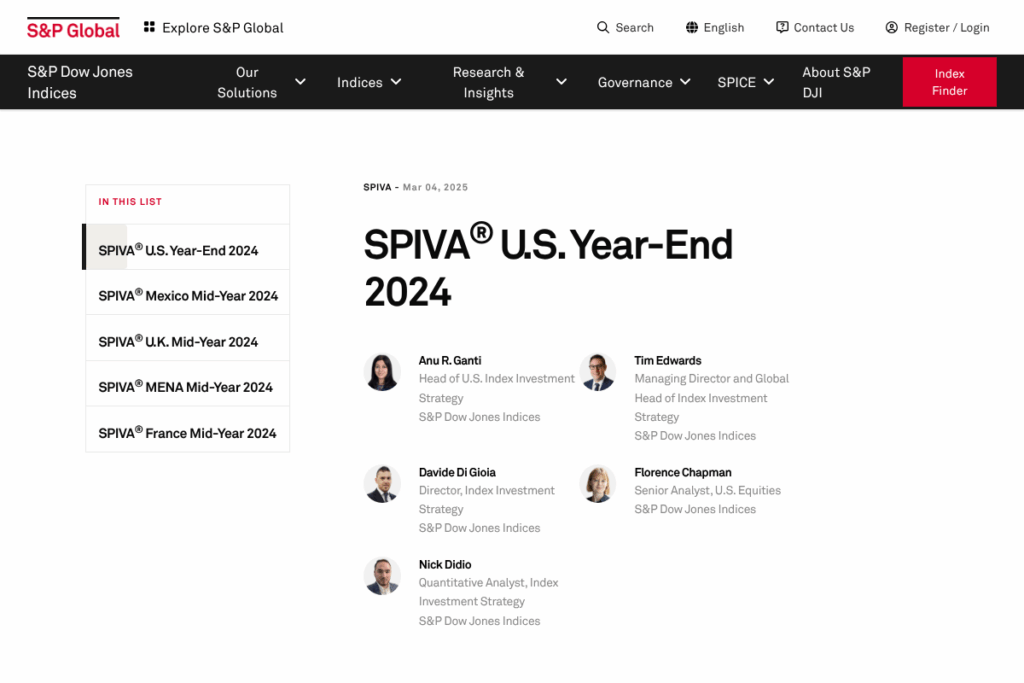
The more of each year’s return you keep, the more there is to compound next year. Two levers matter most: broad diversification and minimal fees. Independent scorecards routinely find that many active stock funds trail their benchmarks over time; S&P Dow Jones Indices’ latest U.S. report shows a majority of large‑cap managers underperformed in 2024 and that underperformance rates worsened over longer horizons. See the SPIVA U.S. Year‑End 2024 results for the details.
Fees compound too—against you. The SEC’s investor bulletin explains how even small differences in expense ratios can translate into tens of thousands of dollars over 20 years because every dollar lost to costs is a dollar that can’t earn more. Before you buy, scan the mutual fund and ETF fee disclosures and favor low‑cost index funds when they fit your plan. The aim isn’t to beat the market; it’s to harness it—cheaply—for a long time.
Shelter your compounding: tax‑advantaged accounts first
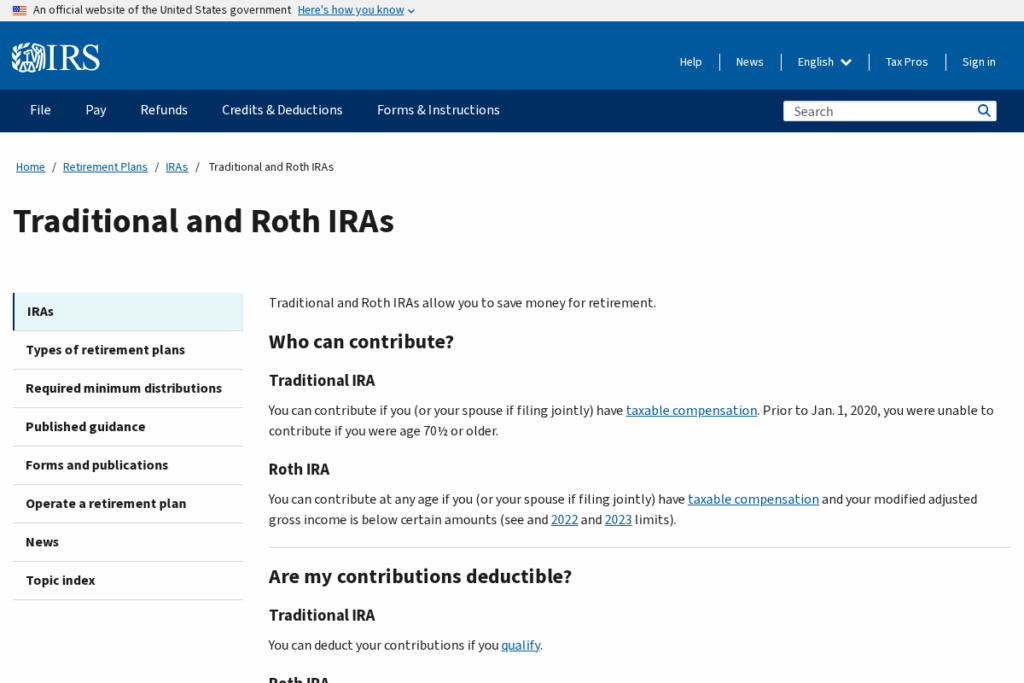
Taxes can drag on compounding, so use the accounts that blunt that drag. The IRS confirmed for 2025 that employee 401(k) deferrals rose to $23,500, with catch‑ups for older savers and an IRA limit that remains $7,000 (plus a $1,000 catch‑up). You can see the current figures and income rules in the IRS news release on 2025 contribution limits.
Traditional and Roth accounts both boost compounding; they just do it at different points in time. Traditional contributions may lower your current taxable income while growth compounds tax‑deferred; Roth contributions are after‑tax, but qualified withdrawals are tax‑free, which can supercharge long‑run compounding. The IRS overview of Traditional vs. Roth IRAs lays out the differences. Prioritize any employer match (it’s an immediate, risk‑free return), then max tax‑advantaged space as your budget allows.
Guard the flywheel: avoid compounding debt and friction
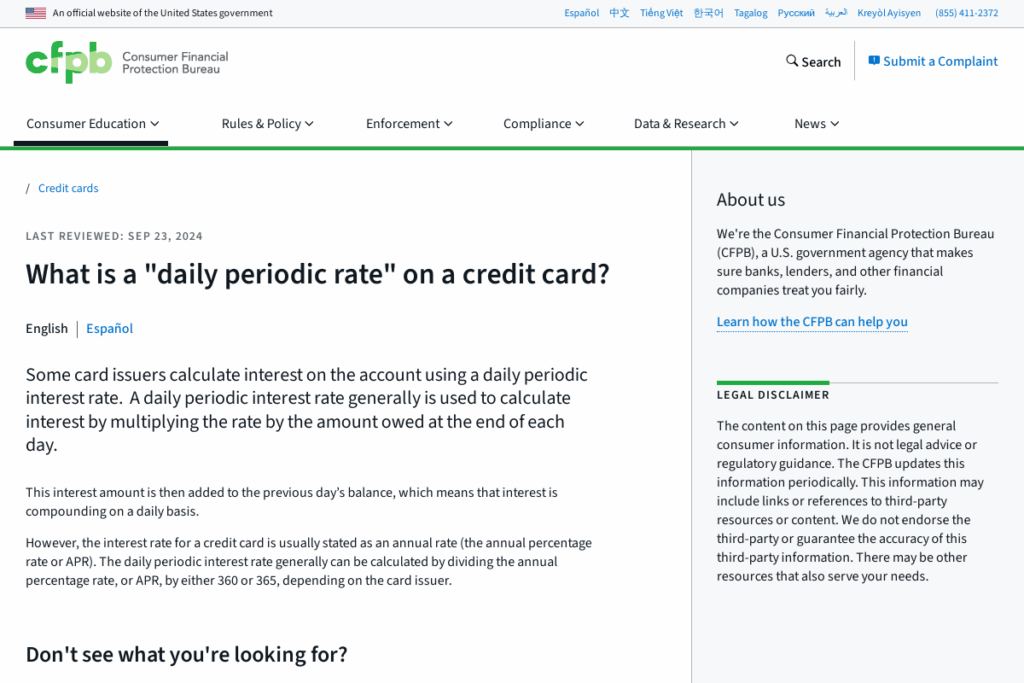
Compounding cuts both ways. Credit card interest commonly compounds daily, which accelerates balances if you carry them. The Consumer Financial Protection Bureau explains how a card’s daily periodic rate works and why paying in full preserves your grace period; see the CFPB’s daily periodic rate guidance. If you’re tackling balances, automate extra payments on the highest‑APR debt first while keeping minimums on others—this reduces the compounding base fastest.
Friction also slows wealth: fees, frequent trading, and dipping into investments for non‑emergencies interrupt compounding. Build a fully funded emergency cushion in insured cash so you’re not forced to sell long‑term assets at a bad time. Then, keep your investments simple, diversified, and low‑cost. The fewer moving parts, the more of each year’s gains stay in the system to compound for you.

Boost your principal: tiny side income, big future impact
The most underrated compounding hack is adding fresh fuel. An extra $50–$200 a month—from a micro‑hustle, freelance project, or optimizing your spending—can shave years off your goals once that money compounds. If you’re starting small, consider stacking easy, low‑lift earners; my notes on a cash‑back and rewards side hustle show how drip income adds up when you automate transfers to savings and investing.
Give every extra dollar a job. Decide what percentage flows to your emergency fund versus long‑term investing, then plug those numbers into the SEC’s compound growth calculator to see the future impact. Keeping your lifestyle balanced is key—you can enjoy today and still fund tomorrow. A flexible plan that you’ll actually follow beats a rigid plan you’ll abandon. Keep it simple, keep it automatic, and keep going.
Conclusion: Make compound interest your best friend by respecting its rules—start early, stay consistent, minimize costs, use tax‑advantaged accounts, and protect your momentum. Do that, and time will do what time does best: quietly turn steady effort into real wealth.

